Interview: Faith Cotter, author of Paper Dragons
Self-Publisher’s Showcase: Today we are joined by Faith Cotter, author of Paper Dragons and Clara: A Short Story. Welcome to the Showcase Lounge, Faith.
Faith Cotter: Thank you for having me!
SPS: For any of our readers that haven’t come across your work previously, can you take a moment to tell us all a little about yourself?
FC: Sure. I’ve been writing and editing for a long time now. I have a background in journalism but have been making the switch over to technical writing, because from day one it has been my goal to work in the medical publishing field. I’m working toward my Master of Arts in Professional Writing at Chatham University, and will be applying to the University of Chicago’s Graham School soon. If I’m accepted, I will be taking a certificate course in medical writing and editing. Like my creative writing—which focuses on the idea of relics as a metaphor that connects the past to the future—my professional writing career mirrors this concept. Right now, I work as a freelance editor and as an English-language tutor (I love it!).
Odd fact about me: my weirdest injury so far was obtained when I got a giant splinter that went through one side of my leg and came out of the other. I was six. I was pretending to be a horse and “galloping” on our wooden dining room floor. It was Halloween, and the doctors got the piece of wood out in one pull. I got a big bag of candy after, which made it worth it.
SPS: What are your perfect writing conditions, and how often do you write?
FC: My perfect writing conditions consist of a desk at a big old window with a beautiful view and a tree outside of it—and a quiet setting, with the exception of birds chirping or wind in the trees or what have you. Right now I just have the quiet, but I’ll take it.
I am in a constant state of writing while in school—so during undergrad and now. It’s great practice that can be applied to all forms of narrative. While in undergrad, I was a one-woman newsroom of sorts. I took a break to go work in the woods for a bit after I graduated, and I’m glad I did, because when I came back to writing I cared for it in a way I did not before.
As for creative writing: I write when I can. I don’t have a schedule or anything; I just write when I feel the push to write something down.
SPS: Can you put your finger on the moment when you decided that you wanted to publish your work?
FC: When I was reporting and writing creatively, it was sort of natural to me that I wanted to try to get my work published at some point. It’s been a goal of mine for as long as I can remember, but I specifically wanted to self-publish when I realized that it didn’t matter which literary gatekeepers approved of my work. Technology has changed the way people consume stories, and I wanted to take advantage of that—I wanted my work to reach readers, not agents and literary magazines that a select few read. (To be clear, lit magazines were where I was submitting my short work to.)
I think someday I will branch out into traditional publishing, because it makes sense that modern authors may do a bit of both. But making my work accessible was and is important to me. I think there is a hierarchy in traditional publishing, and not everyone has access to that. Independent publishing helps to bridge that gap. (Disclaimer: I say this as someone who will be a part of a practicum at Chatham this spring that publishes a literary magazine that is distributed nationally.)
SPS: Why do you think it is that you have found yourself writing in the style/genres that you do?
FC: It made sense for what I was writing about, though I think I am going to stick to fiction for at least the next two stories. I have another nonfiction story in mind, but I don’t think it will be written for a while. There has to be space and time between real life events and working through them and writing them down.
SPS: What do you feel best differentiates your work from other authors?
FC: I don’t think that there’s any value in comparing my work to other writers out there, but you can read about what was important to me during the writing process when I answered this question during a recent blog tour.
SPS: Can you take a moment to tell us all about Paper Dragons?
FC: Yes. Essentially, it is about the power of stories and the role that they play in human relationships.
SPS: How easy did you find it to relive some difficult times in writing this memoir?
FC: It wasn’t easy at all. I think that is why it took so long to write it. It took leaving home, where all those memories were, and being away for a good amount of time before I could finish it.
None of us—my siblings and I, I mean— like to think or talk about that time. We can’t look back at pictures from those years—it’s just written all over our faces. For me, though, turning that chaos into a narrative helped me to make sense of it. It was a way to carry that part of my past, and separate myself from it, and to move forward with the hope that my brother continues to be doing so well health-wise, and in general. He really is wonderful.
I do want to talk about one of my favorite childhood memories of John. I got my first official job at a grocery store when I was 16. My brother would run in just before closing so that I could buy him a little plastic alien from one of those toy machines, and then he would climb up on my shoulders and we would run out into the parking lot together. (Thanks for the bad back, bro).
SPS: Was it always your aim to publish this work, or did it start out as a cathartic process?
FC: It started out as a writing prompt for a nonfiction workshop: Find a piece of artwork and construct a story around it. After I saw how it resonated with people, I wanted to share it. There are a lot of people out there dealing with cancer or who have loved ones dealing with cancer, or just dealing with whatever weight it is they’re carrying. I am hoping that it is cathartic for readers—when they’re ready to read it. And if not, that’s OK, too.
SPS: Who do you feel this book would appeal to?
FC: Well, I first want to say that even if a reader can’t directly relate to Paper Dragons, that the great thing about stories is that a new perspective is only a page away. There are common human elements in all stories that transcend a reader’s personal experiences.
That said, amongst the responses I have gotten, common themes that are mentioned are lost childhood memories and lost time. The story is about how we carry the past, and obviously we all have one, and it doesn’t go away because some platitude splattered across a photo shared on social media says it does; so, I would say it’s for anyone who is trying to figure out how to do that. The Beatles (and, subsequently, Cowboy Bebop) said it best: “you’re gonna carry that weight.” It’s why the song Blue will always remind me of Paper Dragons, and of my brother.
My siblings and I, circa 1996 or 1997. We love this photo. My brother Nick describes it as “the big ones holding the little ones up.” (I’m in the high tops, because 90s.) My little sister was proposed to—and had her wedding photos taken—at this farm. Copyright 2014 Faith Cotter.
SPS: Have you received any feedback from anyone that has gone through – or is going through – a similar experience?
FC: Yes. I hadn’t spoken to a family member in a while and this person told me that after reading Paper Dragons that it helped them process their own losses better and that they were now in search of their own “paper dragons.” I had another person whose sibling had cancer tell me that it was helpful to know that there are other people out there feeling these things.
Of course the most important feedback has been from my brother. I tell it from my perspective because his story is not mine to tell, but I would not have published Paper Dragons if he hadn’t given me permission to. This is also why I refer to him in a general sense online, and I’m not going to post any obviously recognizable photos of him or reveal any specific information. His name is common enough that when a future employer or professor Googles him, that hopefully this personal history is not the first thing to come up.
SPS: Can you take a moment to tell us all about your short story Clara?
FC: Other than saying that the story was heavily influenced by the first chapter of Isabel Allende’s beautiful novel The House of the Spirits, I am going to repeat how I have described this story elsewhere, because I don’t think lightning can strike in the same spot twice. (I mean, it can, but for the purposes of metaphor, bear with me):
Though Clara is fictional, it is inspired by the first elementary school I attended, with its dark hallways and ornate staircases and nuns in old-fashioned habits. Writing this story was the first time I realized that my memory, as tangible as those years are even now, could play tricks on me. I was utterly convinced we had a series of taxidermied animals on the way to the principal’s office and I was fascinated by them: a bit of decay amongst people with so much time ahead of them. Former classmates, now grown up, say otherwise. I’m still not convinced.
The school is now a home for the elderly—as life goes—but I would love to take a peek inside to see what has changed and what hasn’t. Is that lovely marble staircase still there?
Anyway, Clara is about two young girls, but I knew that if I was going to write a story that presents children as the main characters, then there needs to be something else there, something that children can see and something that adults can see as well. So I wrote Clara as a story heavy with familiar and unfamiliar motifs and themes in the hope that different readers will interpret those themes differently, based on their lived experiences. Some readers will relate to the themes that shape the plot: the comfort of friendship and the misadventures of childhood. For others, it will be political–and that is how I wrote it. Think about the decision Clara and Nhi make at the end of the story, and think about where they are, and who the characters are, and then think about this line:
…There was a large handle on the front of the wooden door of the church, too big for their hands and too high above their heads for either girl to open…
Ultimately, this story is really about waking up. It’s about shaking off sleep and standing up and taking off.
I will add that writing child characters according to how they would think rather than how they would act was an important part of writing Clara. Also, if you are interested in a bit of behind-the-page character details, you can visit this link.
SPS: Do you find any limitations writing in the shorter form?
FC: It was difficult finding a narrative device to frame Paper Dragons, because I covered about a decade in a story that isn’t that long. With Clara, though, it was the perfect form to encapsulate the story and the characters, and ultimately I enjoy the challenge that comes with structuring shorter pieces. I don’t think I could write a novel just yet. I’m not the kind of author who carefully outlines plot and character histories, though I admire those that do! I just write around the images I have in my head and the feelings they invoke until a plot or an ending presents itself.
SPS: Is any of the story based on personal experiences?
FC: Yes. I draw a lot from my experiences growing up in the Catholic Church, and though I made the decision to leave four years ago, there is a lot there to mine in terms of theme and imagery. I always call it the ghost that haunts all of my stories.
The Virgin Mary statue that I based my Blessed Mother statue off of in Clara: A Short Story. Source.
Copyright 1998-2014 The Brookline Connection.
And, as I said earlier, the school that Clara and Nhi attend is based on the first elementary school I attended. The idea itself was partly inspired by a first grade classmate of mine, and so I gave Nhi her surname. We were waiting in line for lunch one day and talking, and it struck me how wonderful it would be if we could just leave and no one would notice. That kind of freedom was awe-inspiring to my little-kid brain. So, wherever you are—thanks, Thao Nguyen, for inspiring the plot.
SPS: Are you keen to get a particular moral across in the story?
FC: No. I can totally see how it can come across that way, though. It has a religious setting, but it’s not a religious story. Instead, Clara is coming to terms with her role in that setting, her autonomy, and the ideas/feelings that are a result of such large institutions like schools and religion. I mean, at the end of the story, Clara and Nhi don’t return to the school or try to get into the church. They go home to Clara’s mother.
In general, I find that beating people over the head with morals and using child characters as a device to deliver those messages isn’t terribly effective. I talked about the evolution of child characters used in morality tales for my senior thesis, if anyone wants to go down THAT rabbit hole. I try to show, not tell—and while reader interpretation is out of my hands and obviously encouraged, it is important to put my thoughts on why I wrote the story out there, too. I guess the only thing that would make me super uncomfortable is if someone did use it as a religious morality tale to bring people into/back to the Church or something similar.
SPS: Are you a believer in short stories always containing a twist at the conclusion?
FC: Twists are great, but not necessary. Just some punch-to-the-gut, slow, “so this is life, huh” type of reveal. Read Jhumpa Lahiri’s Unaccustomed Earth. All of it. The ending of the last story—that last line in “Going Ashore”—still kills me nearly five years later. So does “A Temporary Matter.” It’s beautiful. But sad.
I also love it when they simply end. I am reading Chimamanda Ngozi Adichie’s collection, The Thing Around Your Neck, and so much of those stories just end. I love that realism.
SPS: What kind of responses have you received from people who have read your work?
FC: A lot of them touch on their own nostalgic memories. That’s a powerful tool to wield in literature when done genuinely (and I hope that I do). J.D. Salinger is a huge influence on me in this way—after all, mourning the past—and the brother he lost—was Holden’s biggest obstacle in The Catcher in the Rye.
I am glad that my stories tap into people’s memories. It encourages the telling of those stories, even if it is something simple like, Oh, I remember this nun and that plaid skirt I wore as a kid, and the time we got into an ice cream fight in the cafeteria. The telling of those stories contribute to our history. I like that.
SPS: What is the process behind how you come up with your covers?
FC: My friend Shaylin Shupeck is a very talented artist, so I hired her to design the covers. I gave her the stories to read first, because I wanted to see how she would interpret those stories through her visual artistry. I think she did a wonderful job. Thanks, Shu Shu!
SPS: What’s next on the self-publishing horizon for Faith Cotter?
FC: Two short pieces of fiction titled The Bone Daughter and Communion that you can read more about, if you like, in this blog post.
SPS: Was the Self-Published/Indie-Published route always your preferred route for your work?
FC: I started out by submitting an early version of Paper Dragons to a few literary magazines. It got rejected, though one magazine sent it back with suggestions, told me to revise it, and resubmit. I never did; that rejection letter sat in my inbox for a year before I considered rewriting parts of Paper Dragons and submitting it again. At that point, I started thinking about all the things I talked about earlier in this interview, and how much the indie publishing industry has evolved. I was excited to try it out, and I am glad that I did.
SPS: Has the experience so far been all that you thought it would be?
FC: Well, I’m not on any best-seller lists or anything by a long shot, but I’ve got a few hundred downloads since the stories were first published in June, but that is a few hundred more than if I had never put my work out there. Maybe it will stay at the level of people downloading a few copies a day; maybe people will stop downloading my work; maybe my readership will grow. It’s a little early to tell. I went into this with the attitude that whatever happens, happens.
SPS: If you could give one piece of advice for someone looking to get into writing, what would it be?
FC: Be prepared to work hard, be responsible for the work you put out there, think outside of your own experiences, and that while the writing process is never really finished, if you are passionate about it then in the end it is worth it.
SPS: Before we bring this interview to a close, it’s your chance to name-drop. Anyone who you feel is deserving of more recognition at present or someone whose writing you have recently enjoyed? Now is your chance to spread the word…
FC: So many people! I couldn’t wait to get to this question.
I highly recommend the work of authors Susan Helene Gottfried and K. Lamb, who have been incredibly supportive of me and are such very talented women.
David Allan Sturman (who was one of my first editing clients), recently published The Broken Son, a YA trilogy (a trilogy! It took me three freaking years to finish Paper Dragons!). It is wonderful, made me cry, and is highly recommended. (I know I’m biased, but whatever. The perspective that the book takes on is an important one.)
Fellow MPW program classmate Breeanna Greska has a YA book titled Carrie in the Mirror coming out on October 2. The healing nature of YA lit is important to Breeanna, and that importance, coupled with the book’s plot, should make for an interesting read.
t.a. smith, who is working toward his Master of Fine Arts at Chatham University, published a poetry collection titled to the saints on stage this past summer. It is quite lovely.
Finally, though the band has broken up and is undergoing a transition, my brother Nick’s band Awkward Friend Dave is well worth checking out. He wrote “November 23” for my brother. The memory he structured the song around—sitting in his beat up car with John on a snowy November morning just before we found out about his relapse—is one that is very precious to me. (There are four of us, for those who have lost count, and my siblings are all talented and awesome. Joan and John have not published their writing—yet. Although I am the only one who lacks any musical talent. I tried to learn how to play the drums during an obsession with the Smashing Pumpkins and the song Geek USA when I was 16, and my dad was like, please stop, it sounds like there is a murder ritual going on in the basement.)
SPS: Thank you for joining us today Faith, and all the best for the future.
FC: Thank you! I’ve really enjoyed working with you. SPS does good work for authors and I recommend you all to everyone I can.
To those who have gotten through this whole thing—thank you, and you rock! I hope you enjoyed it.
SPS: For more information on Faith and her work, please do visit her Showcase Author page here. and Inkspill Editing’s Author Resources page here






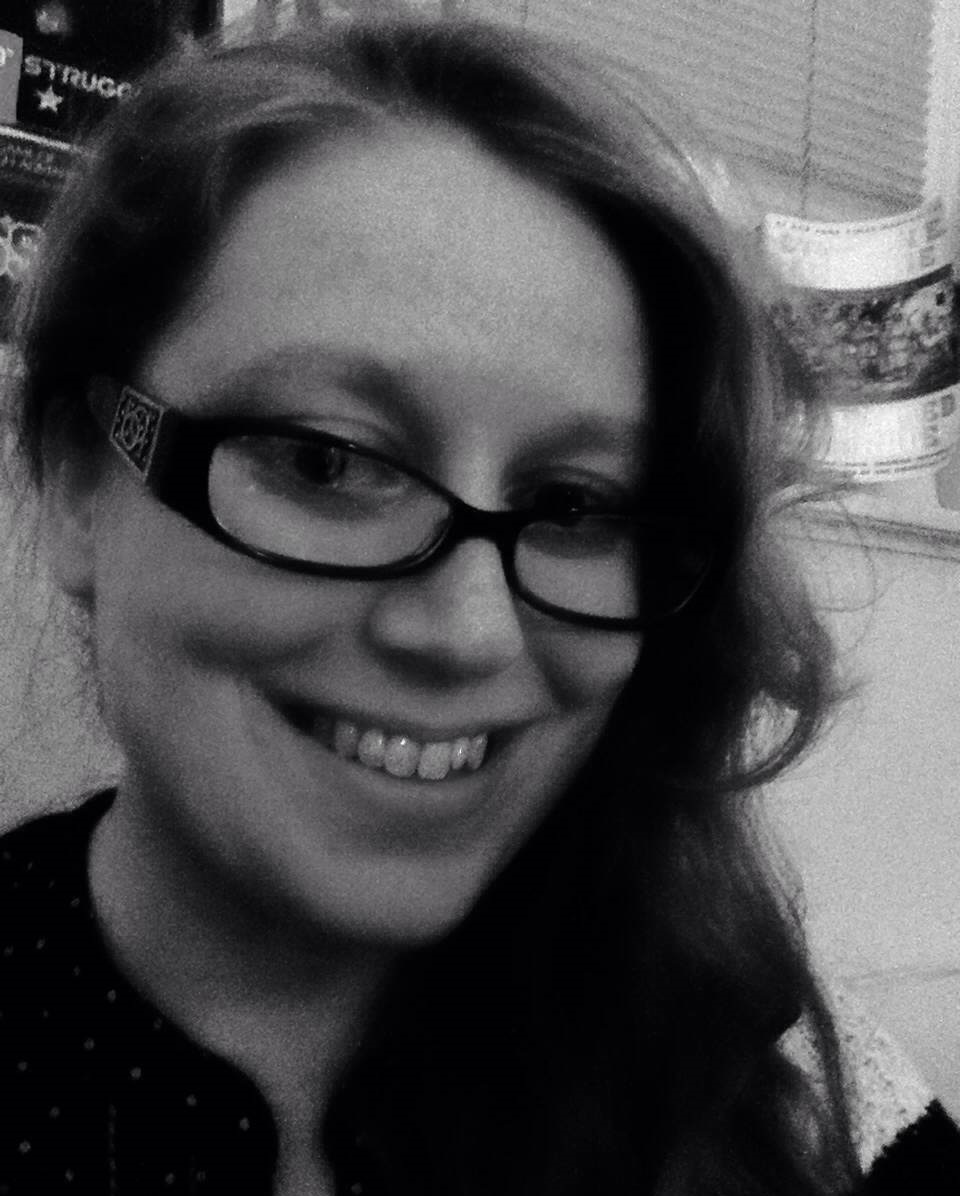

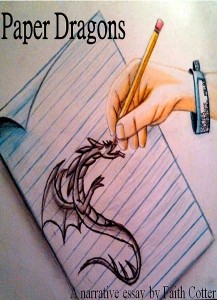
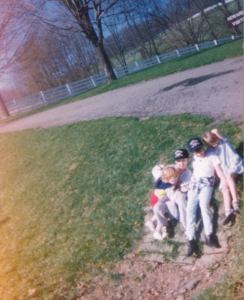
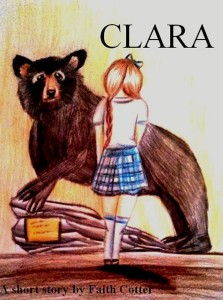
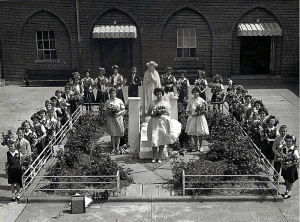






Paper Dragons is on my TBR list. Thank you for sharing this interview, it brings the book into a sharper focus.
Nicholas,
I hope you enjoy it! Thanks for reading the interview 🙂